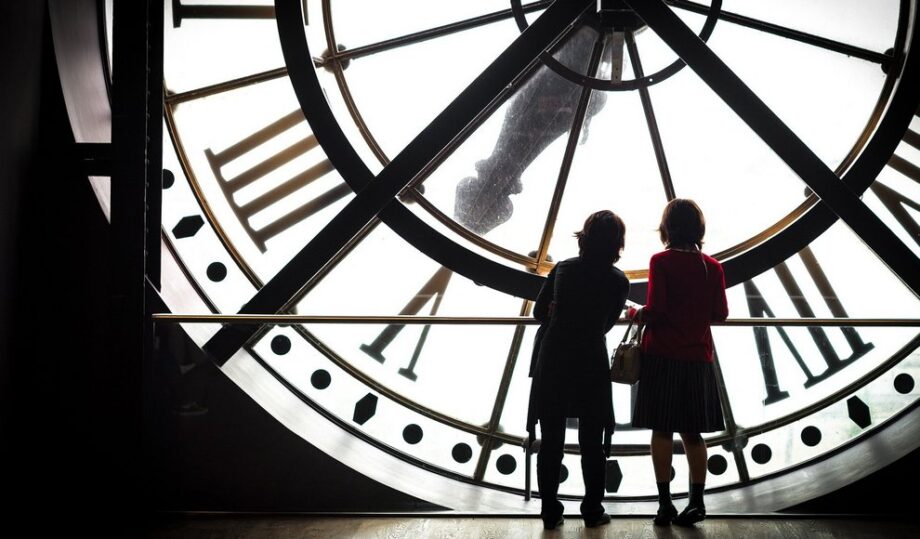This is not just a museum, but a noisy depot, offering a look at the operation of the cable car from the inside
The San Francisco Cable Car Museum is radically different from the ideal of a quiet museum filled with archaic artifacts of yesteryear, each illuminated by diffused light and enclosed by plexiglass. This is a buzzing place for good reason.
The museum is the center of the city’s cable car system – a rumbling hive of giant rotating pulleys that pull carriages on ropes up San Francisco’s famous steep streets.
Those interested in how the mechanics of the San Francisco cable car work can see it here with their own eyes. Each tram runs along a huge continuous loop of cable, which in turn is constantly pulled by a giant rotating pulley. At the Cable Car Museum, you can see how these huge wheels with grooves along the edges to hold the cable work, continuously moving the huge rope loops that were laid under the streets of Hyde Street, Mason Street, California Street and Powell Street.
The cars are fixed on the cable and move due to the fact that they are pulled forward. Operators must quickly release the cable at certain bends and when crossing two cable cars, and then re-attach to it. Cables, pulleys and wagons are kept in perfect condition to avoid tram accidents, of which there are not many in San Francisco.
The exhibitions illustrate the history of the city’s cable and tram system, tell about competing companies and routes, and how this mode of transport was saved from being replaced by buses in the post-war period. There are also full-size trams and their models.
In the museum’s office space, visitors can peer under city streets to see how cables, pulleys, mechanisms and electric motors work together.
